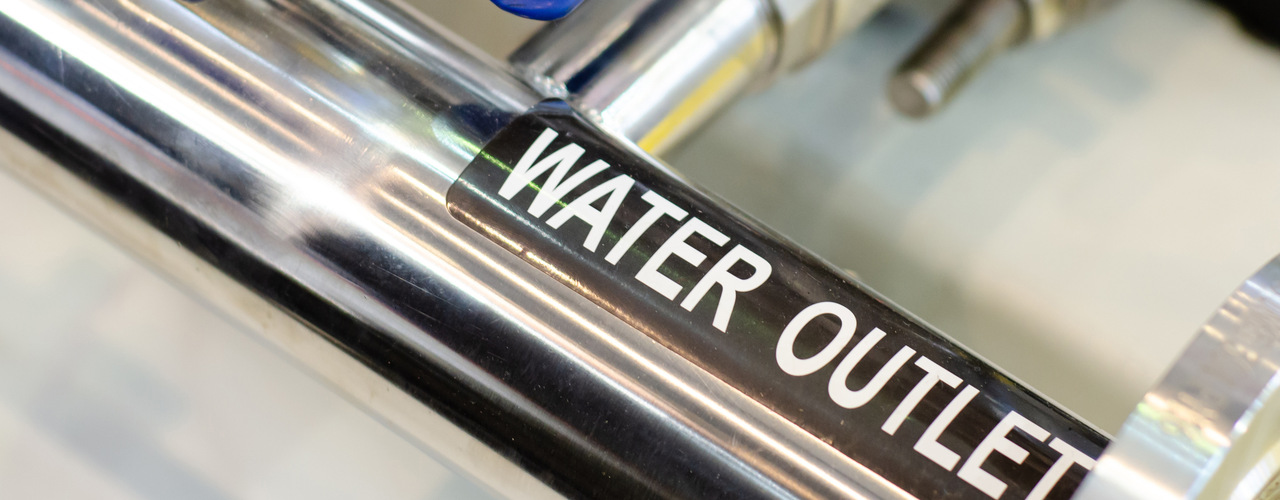Valves control the flow, pressure, and direction of fluids within a piping system. Selecting the correct valve helps businesses ensure efficiency, safety, and compliance in operations. Whether you’re an engineer or contractor, understanding the key tips of valve selection will optimize your piping system’s performance.
Understanding Piping System Requirements
Before selecting a valve, assess your piping system’s specific needs. This includes identifying the type of fluid it will transport and operating pressures, temperatures, and flow rates.
Additionally, consider whether the system requires manual, automated, or remotely controlled valves. These parameters will dictate the valve design and features you require to maintain efficiency and functionality.
Types of Valves and Their Applications
Different valve types cater to varying applications and demands. Gate valves are commonly used for on/off control in pipelines, while globe valves control flow rate. Ball valves provide reliable shut-off and are popular choices for high-pressure systems.
Butterfly valves are lightweight and compact, making them ideal for space-constrained systems. Understanding the operational features of each type will align the valve’s functionality with your system’s needs.
Material Selection Considerations
The material of the valve impacts its performance, durability, and compatibility with the transported fluid. Common materials include stainless steel, brass, cast iron, and PVC. Some materials have certain benefits over others–for example, one advantage of using brass water valves is their high durability compared to other materials.
Corrosive fluids may require specialized materials or coatings to avoid wear and tear. Temperature resistance and pressure tolerance are additional factors to evaluate when selecting the valve’s material to ensure longevity and reliability.
Regulatory Standards and Compliance
Safety and compliance with industry standards should be central to your decision-making process. Valves should meet the relevant specifications outlined by bodies such as ANSI, ASME, or ISO.
Check for certifications that confirm the valve’s compatibility with the operating environment, such as food-grade compliance or resistance to hazardous chemicals. Ensuring regulatory adherence minimizes risks and legal liabilities for your project.
The Path Forward in Valve Technology
Valve technology continues to evolve, with advancements in automation and materials, enabling smarter, more efficient solutions. Investing in innovative features and following these tips for selecting the right piping system valve can offer increased accuracy and reduced maintenance costs. By staying informed about emerging trends, engineers and contractors can optimize their systems and workflows.





